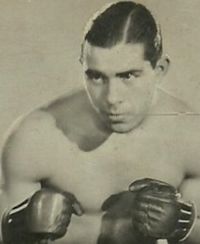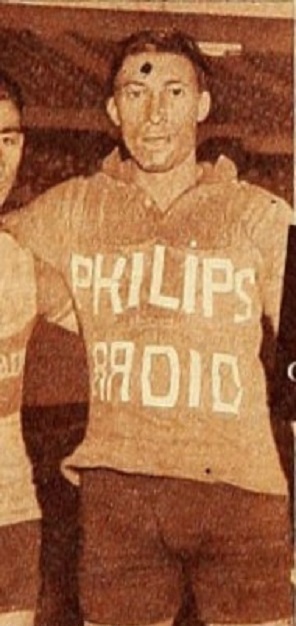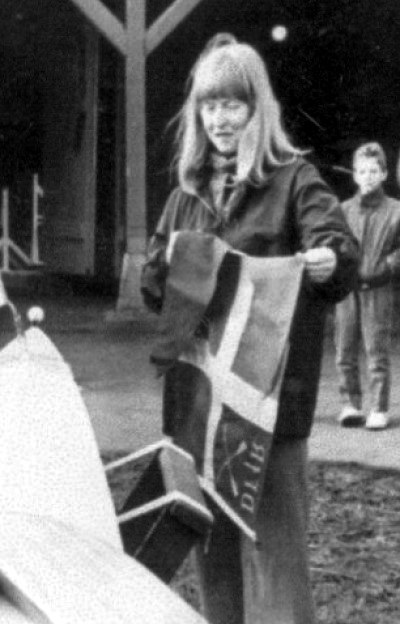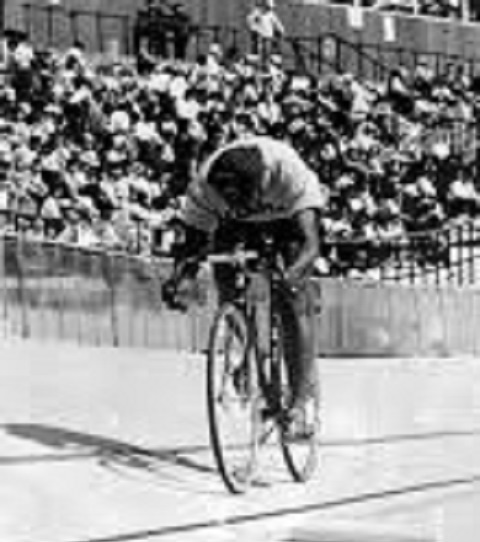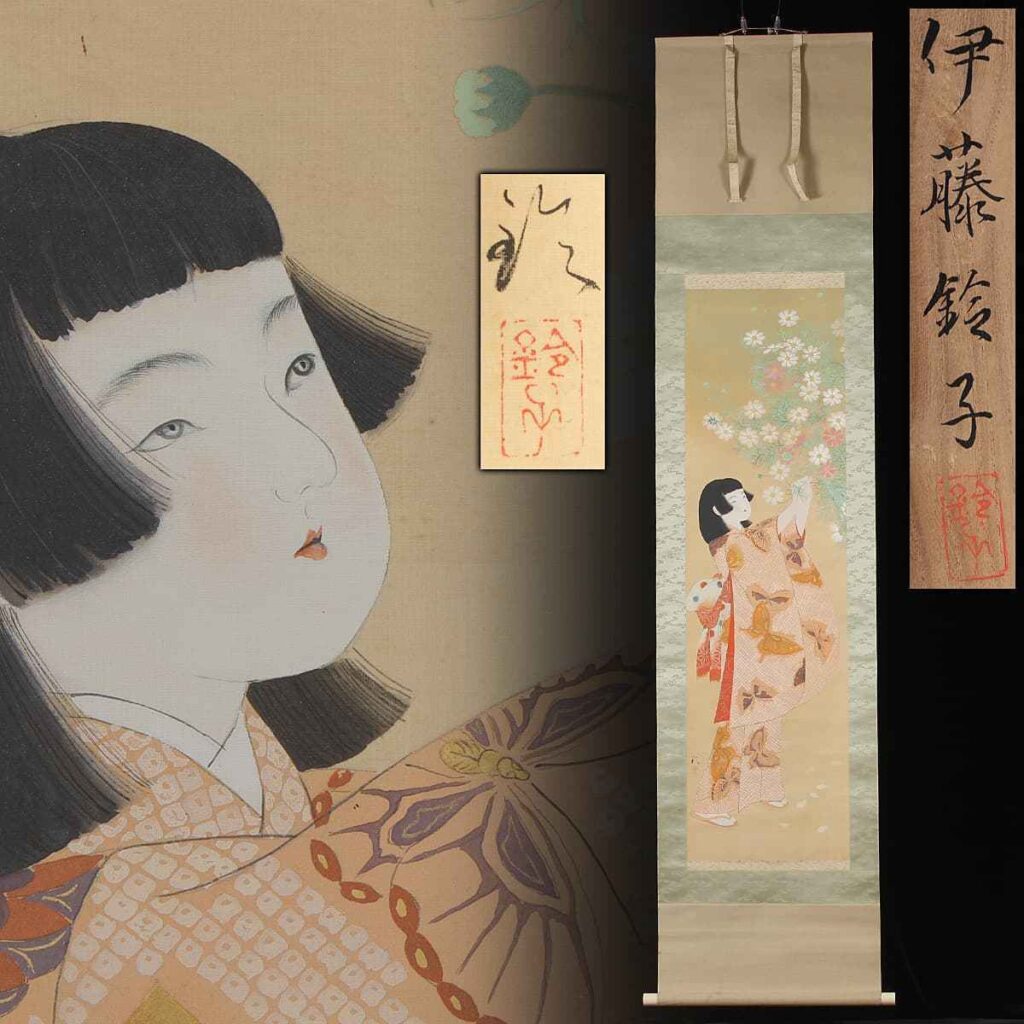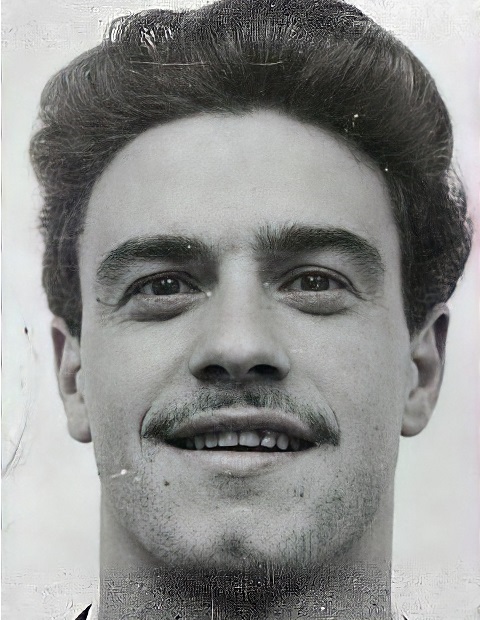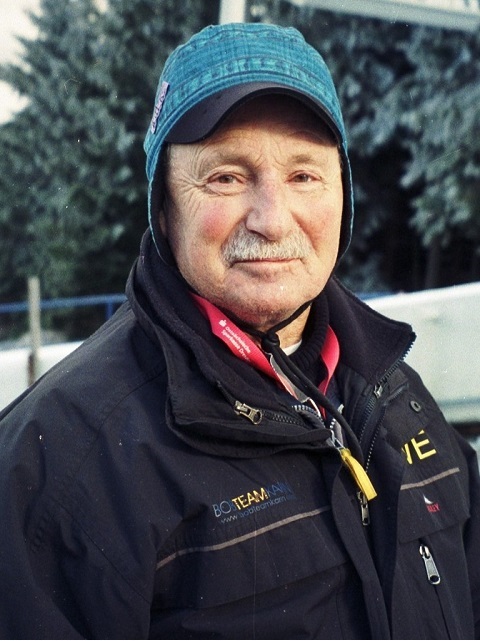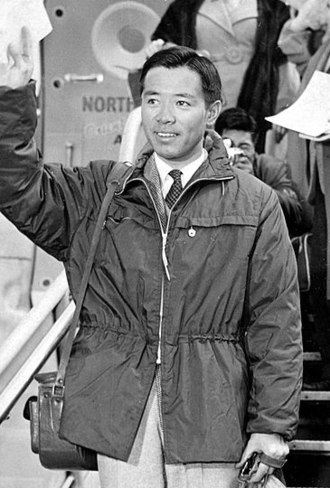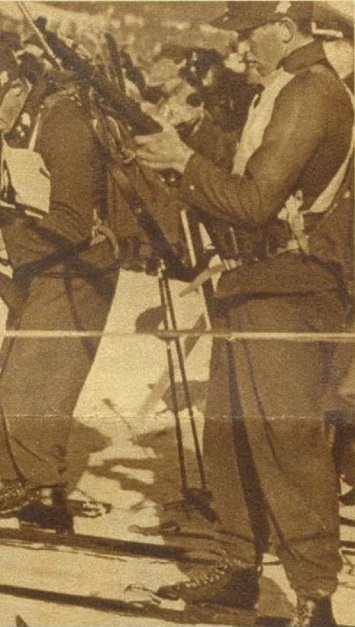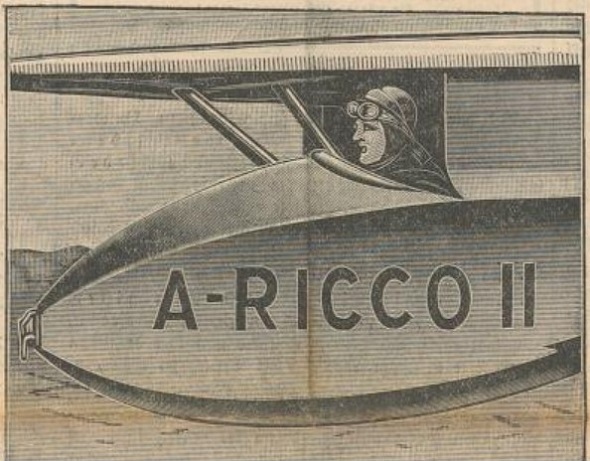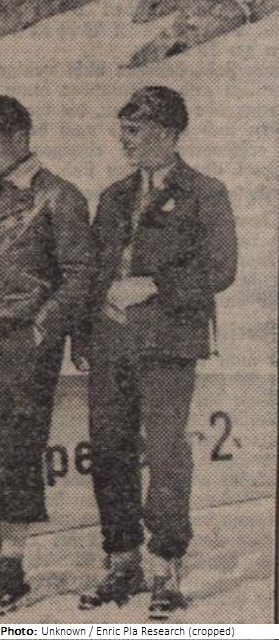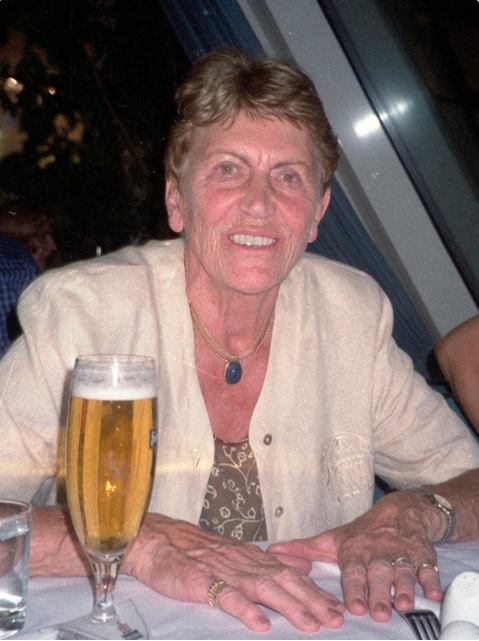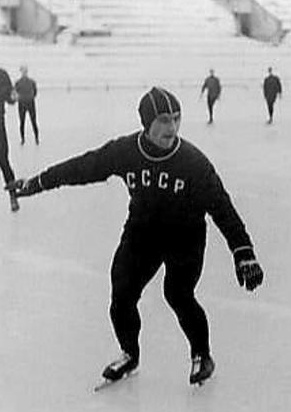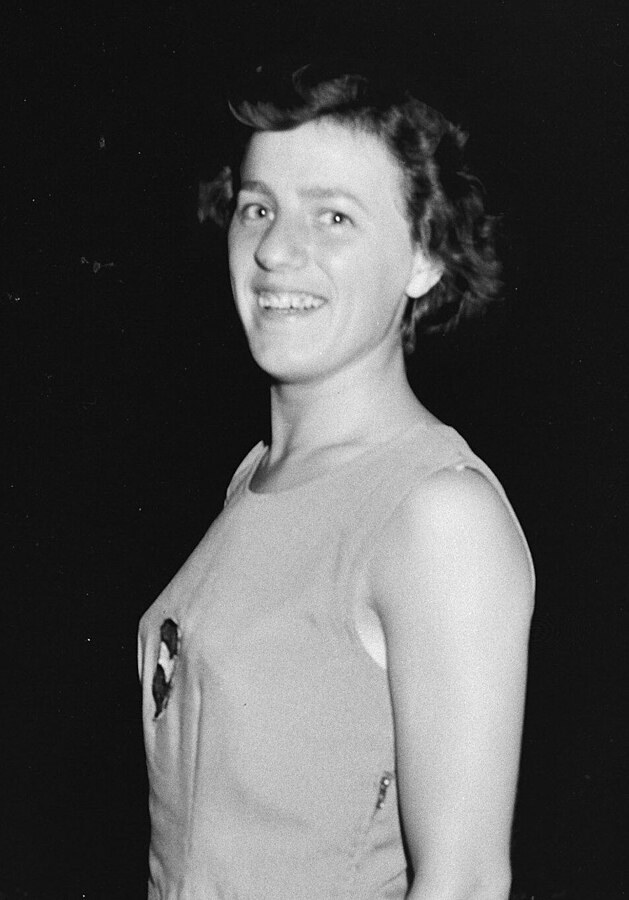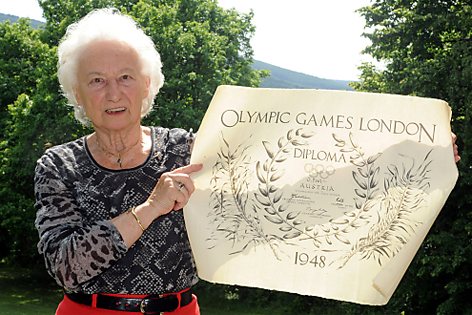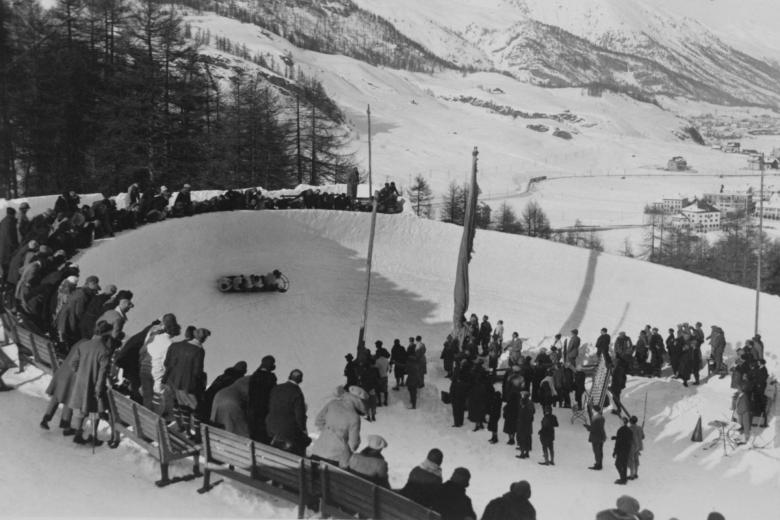Recently, we have unfortunately noted the deaths of two more Olympians, Zdeněk Košta and Renyldo Ferreira, who held multiple distinctions among the oldest Olympians. Košta was the oldest living Olympic cyclist and Olympian to have represented Czechoslovakia, while Ferreira was the oldest living Brazilian Olympian and the oldest survivor of the 1960 Rome Games. Given that these titles have now changed hands, we wanted to provide a brief update of who holds them now.
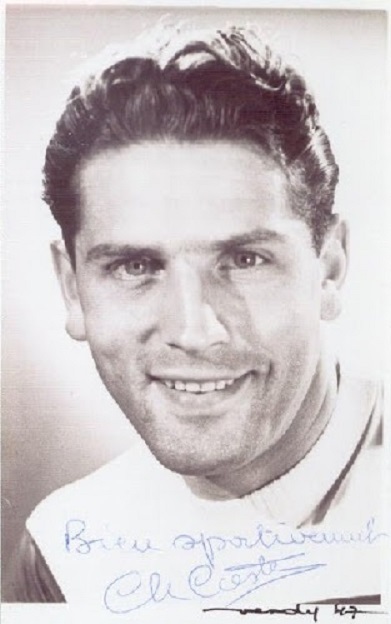
(Charles Coste)
The oldest living Olympic cyclist is now France’s Charles Coste, born February 8, 1924, who recently turned 99. He won gold in the team pursuit, 4000 metres event at the 1948 London Games and was already the oldest living French Olympic medalist and the oldest living Olympic cycling medalist. The oldest living Olympian to have represented Czechoslovakia is trickier. Růžena Košťálová, born February 21, 1924, is still alive according to this 2020 document from the Czech Olympic Committee. A comprehensive 2021 work by František Kolář, however, Encyklopedie olympioniků. Čeští a českoslovenští sportovci na olympijských hrác, lists her, on page 178, as having died in January 2013. Both sources seem very reliable, and thus it is plausible that either are mistaken, thus we have continued to list her as alive, although we cannot be entirely certain. If Košťálová were deceased, however, then 1952 gymnast Jindřich Mikulec, born May 11, 1928, would be the oldest living Olympian to have represented Czechoslovakia.
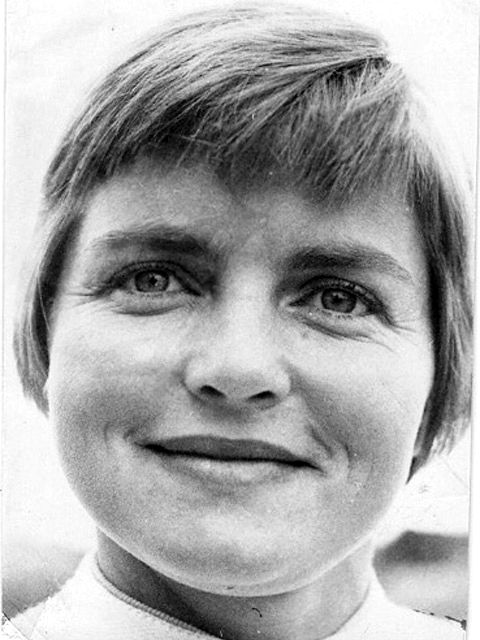
(Birte Christoffersen)
The oldest survivor of the 1960 Rome Games, meanwhile, is now Birte Christoffersen, born March 28, 1924, who represented Denmark in diving in 1948, winning a bronze medal on the platform, and then Sweden in 1956 and 1960. She is the oldest living Olympic medalist in diving, as well as the oldest living Olympian to have won a medal for Denmark. The oldest living Brazilian Olympian is Edson Perri, born June 5, 1928, who represented his country in the water polo tournament at the 1952 Helsinki Games.
Finally, we have an update on one more Olympic mystery. Sergey Kalinin, born December 23, 1926, represented the Soviet Union in two editions of the Olympic trap shooting tournament, placing 22nd in 1964, but winning bronze in 1960. We had previously believed that he was still alive, but were not certain, and our suspicions were verified when we learned that he had died October 17, 1997.
